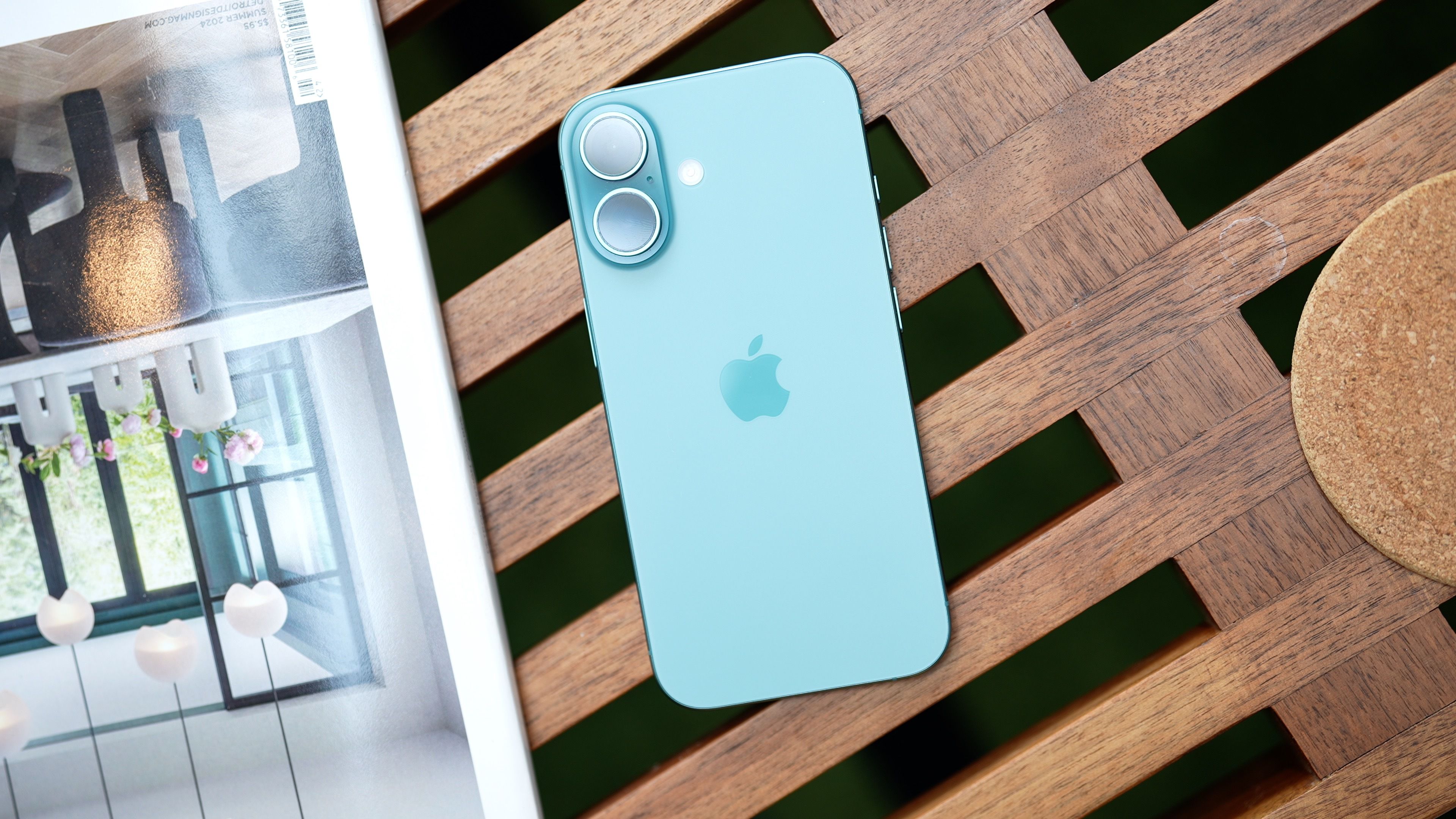Disclaimer: Matt Pine’s views are not the views of the Department of Defense nor the U.S.Marine Corps Throughout this decade thus far, the military’s adoption of additive manufacturing (AM) has advanced across such a diverse range of applications that it’s hard to imagine how the defense industrial base could be pushed to move any faster than it already has.But, if there’s one trait that has enabled the military to be history’s single most powerful accelerator of technological change, it is the attitude of never being satisfied.
I don’t know U.S.Marine Corps (USMC) Innovation Officer Matt Pine beyond the interaction it took to write this article, but that was enough to see that he’s never satisfied with the pace of technological progress.Clearly, this is an asset for the Department of Defense (DoD): without the individuals on the ground who assume the responsibility of moving things forward on a daily basis, the entire organization’s industrial progress would stagnate.
U.S.Marine Matt Pine (third from right) with fellow Marines.Image courtesy of U.S.
Marine Corps Corporal Casandra Lamas, via DVIDS.Pine wants to enable as many individuals as possible to contribute to that same advancement of U.S.military manufacturing and help modernize the DoD’s technological acquisition process.
His efforts towards achieving that objective have been shaped by firsthand experience, navigating through the trial-and-error that comes with learning on the fly: “I was the training lead for 3D printing out in Okinawa, and we won DoD Innovation Cell of the Year. Then I left, and a few of the other key players that were there working with me left, and the entire program died,” Pine recalled.“Seeing that was very disheartening, but it also made me realize, hey — we’ve gotta get this capability integrated.
It needs to be how we think, how we work.And it needs to be treated as a supplemental source of supply instead of merely as a technology.So the last couple of years, what I’ve really been working on with 3D printing is getting it integrated.” Pine repeated that last part twice (“Getting it integrated, getting it integrated”) in a way that seemed to be just as much for his own benefit as for mine.
“Getting it integrated” is his mantra.It’s starting to get results.The world that Pine exists in is largely shaped by the Global Combat Support System (GCCS), the DoD’s digital logistics platform.
Each branch has its own version: the USMC’s is called GCSS-MC.Since its inception over a decade ago, GCSS-MC has been at the forefront of the Marines’ industrial modernization effort.However, Pine had a gripe with the GCSS-MC when it came to AM, and it’s a frustration that will likely be familiar to anyone responsible for incorporating AM into the supply chain management workflow of a large organization: “I’ve been working with the GCSS since it first came out,” Pine told me.
“But once I started working with 3D printers, specifically, I’ve been thinking about how there had to be a way for us to be able to see the printers on the platform, and track what they’re producing, just like how we track every other part that comes into the Marine Corps through the GCSS.Nobody could figure out how to get that visible, and taskable.” The method that Pine used to change that reality wasn’t complicated, but it was effective: “Basically, I complained a lot, is probably the best way to describe it,” the Marine explained.“I would go to my local guys who were responsible for the system, and they would say what I was asking for wasn’t possible.
‘We can’t do it.’ “I kept asking, though.Eventually, one group that I talked to, their response to me was, ‘They won’t let us do that.’ So finally I just said, well, who is ‘they’? Give me ‘they’s’ phone number.From there, I talked to who I’d been referred to, and he was like, oh yeah, this is stupid easy, why haven’t we done this already? And he showed me the first example of what I’d been asking for, about five minutes after I explained the idea.” It may have only required what amounted to a small fix for the change to finally happen.
Yet, the result has been a critical leap forward in how Pine can use GCSS-MC to track AM hardware and 3D printed parts: “I can’t digitally send work to the printer yet, but I can digitally send the job to the guys running the printer, and they can do the work from there,” said Pine.“That’s a huge step.I can also track part production down to the serial number of the printer, and trace that all the way back to the end item that the component was produced for.
Let’s say, then, that six months from now, that part breaks.I can easily search the database to find out which printer the part came from, and pull up the digital data used to create the part.That enables me to use the same source and materials used to print the part in the first place — all the legwork I would need in order to do the backend lifecycle sustainment of the parts that we print will already be there.” Face shield frame being 3D printed during the height of COVID on MCAS Futenma, Okinawa.
Image courtesy of Lance Corporal Ethan M.Leblanc, via DVIDS.One reassuring angle to Pine’s profile as an implementer of new technologies is that he is relatively new to all this.
While he often leaves you with the impression that he was born fluent in G-code, he in fact became familiar with 3D printing barely over five years ago: ”I went through a course in Okinawa in 2019, and then obviously COVID happened.The course was called Innovation Bootcamp, by a company called Building Momentum.It was like a firehose of programming, robotics, and 3D printing.
The 3D printing part hooked me, because I’m an optics guy by trade — night-vision, thermals, artillery, everything related to that, is what I do.“Such a large proportion of the equipment that we use in that tactical area is sole source to supply.Meaning, if I can’t get the part from that one manufacturer, then I just can’t get the part.
And when I was first getting familiarized with AM, that’s when we were really starting to experience that, for a lot of the legacy systems, we couldn’t get parts.So I saw the value immediately.“Then, still during COVID, my toilet lid broke.
I wasn’t allowed to leave the house, so I just printed the little hinge pin that I needed.And from then on I was like, yeah, this is it! I modeled it, printed it on my own, and I thought it was the coolest thing ever.Granted, I never thought it would get me to where I am right now.” Matt Pine.
Image courtesy of Matt Pine And that’s what’s reassuring about his trajectory.However, many service members were learning about AM at the time Pine started discovering it; there are many more learning about it now, and even more will be trained in the necessary skills in the years ahead.Within a couple of years of learning the trade, Pine was teaching others to do it.
Not long after that, he was getting the questions answered that should make real lasting change on the ground, in terms of how the U.S.military implements AM as a sustainment method.He’s proof that this daunting process of rebuilding U.S.
manufacturing capacity can work, in the only way that’s truly feasible: by one person at a time learning a new skill.According to Pine, that’s exactly where everyone who cares about addressing this challenge should be turning their attention towards: “We have the same exact problems as general industry,” Pine asserted.“We love the idea of certifications, so we’re doing all this work on certifying processes and materials, but at the same time, we’re not putting those same brains towards production.
We’re still focused on making a part, cutting it up, doing all the super in-depth material analysis, but then we don’t have the manpower that lets us leverage that know-how.It’s like the cart and the horse are somehow walking uphill side-by-side, trying to figure out how to get to their destination at the same time.It’s difficult forecasting how many workers we’re going to need, because the way supply chains work is, we don’t have the supply problem until precisely the moment that we do.
So trying to take away from all the requirements that we already have, in order to get ready for something that’s currently a ‘maybe’, isn’t something that anyone is very good at.In the DoD, I do think we’re getting better at it. There’s certainly a lot more focus on it, and a lot more willingness to drive the necessary changes, but I think we need to be more aggressive.I went to a panel in February at MilAM, and the final question I was asked was something like, ‘Do you have any general recommendations?’ My response was, yeah, move faster! We need to move faster in certification of the workers needed to run the machines.
We need to move faster in parts development.We need to move faster in modeling every area of the supply chain that we’re trying to touch.We just need to move faster.” The process may never move quickly enough to satisfy Pine.
But every big mobilizing effort needs people like that.Fortunately, for the project to reindustrialize America, more and more people seem to be thinking like Matt Pine every day.Subscribe to Our Email Newsletter Stay up-to-date on all the latest news from the 3D printing industry and receive information and offers from third party vendors.
Print Services
Upload your 3D Models and get them printed quickly and efficiently.Powered by FacFox
Powered by 3D Systems
Powered by Craftcloud
Powered by Endeavor 3D
Powered by Xometry
3DPrinting Business Directory
3DPrinting Business Directory









